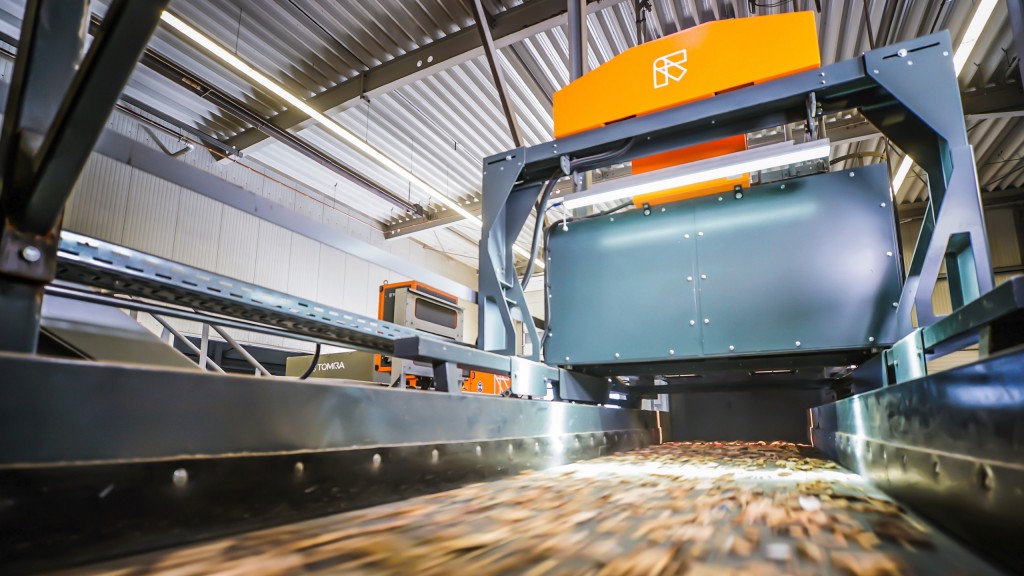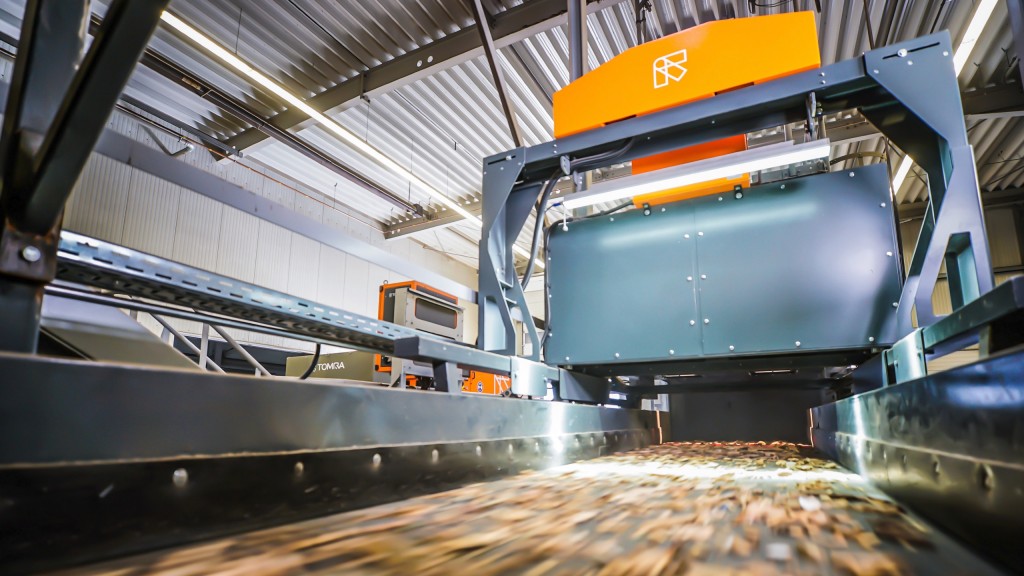
The global wood recycling market is dynamic. The industry increasingly recognizes the need to make use of waste wood as it contains valuable recyclable materials that, if properly sorted, can be used as high-quality recyclates to produce new wood-based panels. Many wood panel and furniture manufacturers already rely on recycled wood to mitigate price volatility and secure access to sufficient raw materials. The recycling of waste wood significantly influences the transition to a circular economy and helps overcome current challenges.
During TOMRA's webcast, participants listened to presentations from Jose Matas, segment manager of wood at TOMRA; Murat Sanli, wood sales engineer at TOMRA; and Jan-Olof Fechter, material expert and technique engineer at IKEA of Sweden AB. The panel provided an overview of the status quo of the market, challenges, and solutions to bring wood full circle.
Matas kicked off the session by explaining current market trends influenced by the energy crisis in Europe, the impacts of climate change, and the industry's increased reliance on recycled content to meet its sustainability targets.
"The energy crisis is hitting hard on us in Europe," says Matas. "Many households turn to wood as an alternative heating source, therefore further driving up the already record-high demand for wood. Combined with the general lack of materials on the market, sourcing wood in sufficient volumes and qualities has become increasingly difficult and at all-time high prices."
He adds that to access material and maintain profitable operations, the panelboard industry has recognized the possibilities a circular treatment for wood offers. If we make use of the massive amounts of waste wood generated annually, and properly collect, sort, and recycle it into individual material fractions, both recyclers and wood-based panel manufacturers reap competitive benefits. Recyclers, on the one hand, are given the means to create individual waste wood fractions, from non-processed wood to MDF, and market it as high-quality secondary materials. Manufacturers, on the other hand, profit from a constant source of input materials, keep operations profitable thanks to a better price point of recycled wood compared to fresh wood, and help ensure the volumes and quantities demanded by the market.
Following Matas, the audience gained insights from the manufacturer's perspective. Jan-Olof Fechter outlined how IKEA incorporates sustainability and recycling into its business and what the company's long-term goals regarding recycled content look like.
"To date, only one percent of furniture is reused, but 99 percent, which is equal to 800,000 metric tons of furniture, is recycled. These figures prove that recycling processes are in place and already supporting us on our way to producing greener products. However, there is still untapped potential we must start to access," explains Fechter.
Afterwards, he presented and explained IKEA's recycled content targets for panelboards and MDF/HDF boards for the future. In 2020, panelboards were made of 25 percent recycled content, while MDF and HDF panels consisted of only virgin material. In 2025, IKEA targets to increase the amount of recycled content in panelboards to 56 percent and for MDF/HDF boards to nine percent. In a closing slide, Fechter compared the end-of-life process for furniture in general with those of IKEA's commodities and highlighted the role sensor-based sorting plays in the recovery and production of panelboards and fiberboards with secondary raw materials.
After the first two speakers explained the numerous benefits of a circular economy for wood, Murat Sanli explained how a holistic approach can maximize recycled wood content.
"To exploit the full potential of recycled wood, we must concentrate on three pillars: the collection, sorting, and recycling of waste wood," explains Sanli.
As outlined by Fechter, manufacturers are striving to become more sustainable and increase recycled content in their panelboards. To do so, they must use the purest material fractions, such as non-processed wood and MDF. Recovering individual wood fractions requires extensive cleaning and sorting processes because waste wood consists of numerous different materials including contaminants and different types of wood like OSB, MDF, plywood, coated materials, and recyclable non-processed fractions. Using smart technologies throughout the sorting process gives plant operators a three-fold competitive edge: they can recover wood by type as per their requirements, realize high throughputs, and achieve purity levels that cannot be achieved with conventional technology.



